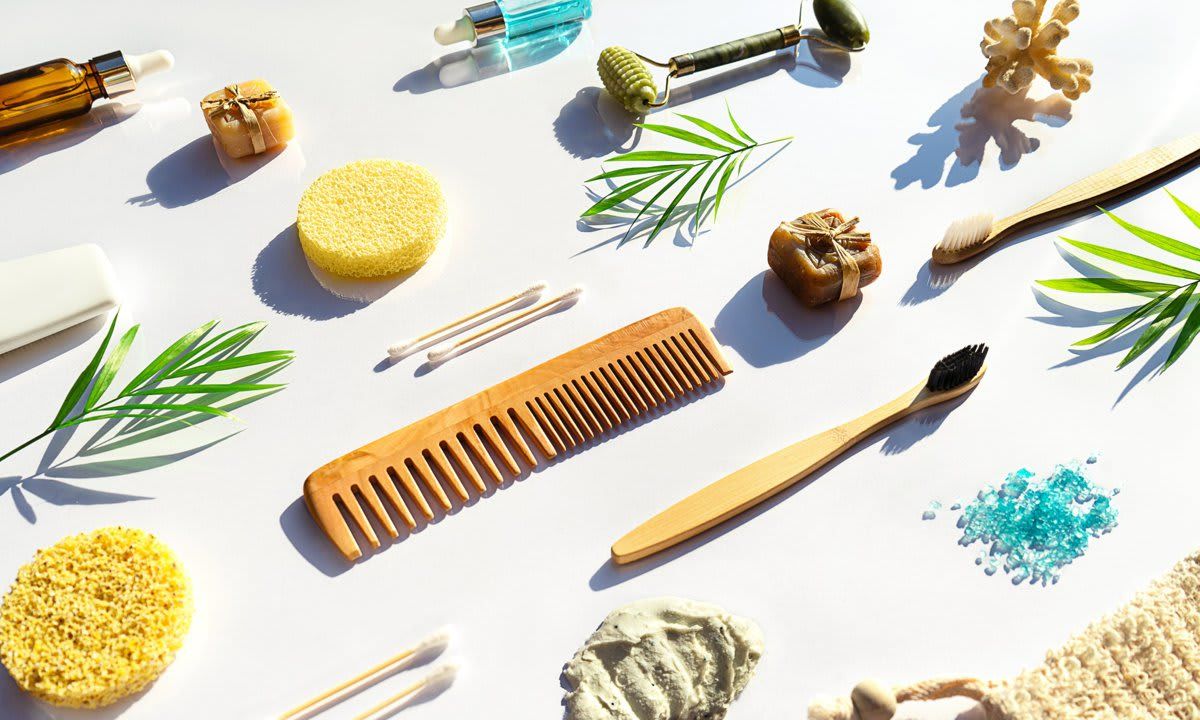Are you ready for 2022? Whether you are or not, the new year is around the corner and, as usual, will bring unexpected things and some others that we have been noticing in the making. While we’re still recovering from pandemic whiplash, emerging beauty standards are reimagining how we define, source, and buy beauty.
Uncertainty will continue to be felt across the industry, but transparency has become the antidote as it reshapes the brand and consumer relationship. Savvy consumers will seek out brands that champion diversity, sustainability, and utility.
The Novi team of scientists, sustainable packaging experts, as well as their community of brands, contract manufacturers, and suppliers, weigh in on trends that will most impact beauty in the near term and shape the future of the industry:
Diversity and Inclusion
- Consumers crave products and experiences specific to their needs. Product lines that fall short of the expanding definition of beauty will leave brands struggling to connect with consumers. Brands can further champion diversity and inclusion by using universal design principles in their product design. Brands that make beauty more accessible will become trailblazers in this valued space and further expand the market for their products.
Sustainable Products
- Sustainability is now an industry standard as consumers weigh impact before they spend. One such example: waterless products. In formulation, a base makes up roughly 70% of a product. Water is often the base of choice, as it’s cheap and thus maximizes profitability—even though water is a finite resource. Instead, brands are now choosing alternative bases that are more sustainably produced and harvested.
Sustainable Packaging
- Impact matters just as much as a product’s efficacy for consumers now. They want to see brands divest from single-use plastics and thoughtfully design around the waste. The classic ‘up-cycle your glass jar’ model simply won’t do as design embraces bioplastics, recycling programs, and refillable options.
Consumer Behavior
- Streamlined, personalized shopping and self-care routines have taken center stage. The emergence of AI and other technologies are transforming shopping into a seamlessly virtual retail experience. Here, consumers try on shades and styles or receive product recommendations from their phone’s front-facing camera. Some brands are harnessing tech to develop personalized products like hair care systems and foundations. It’s a novel way to interact with brands consumers know, as well as discover new brands. Virtual try-on also mitigates waste by reducing in-store product sampling and shipping-related emissions from returns and exchanges.
Data & Transparency
- Sustainability matters to consumers, but transparency matters more. It’s not enough to build a quality product - consumers want to know how it’s made and how a brand is committed to making it better. They seek out brands openly educating on why they use - and don’t use - certain ingredients, design choices, and more. Each stage of a product’s creation is a marketing opportunity to connect with consumers, from sourcing ingredients to packaging.
Supply Chain Squeeze
- Thanks to stop-gap measures, inventory and orders kept flowing, but disruptions will continue to affect supply chains well into 2023. With lead times reaching 12-18 months, efficiency is the name of the game as brands invest in applications that embed, augment, or apply artificial intelligence (AI) and advanced analytics tools. These tools better assess risks and constraints because they effectively connect and manage every aspect of the supply chain, which is why supply chain organizations are also investing.
Microbiome
- “Edutainment” videos delivering quick, informative content on skin health have soared in popularity. This hunger set the stage for microbiome skincare: focusing on building a healthy skin barrier by working with your skin instead of fighting it.
,type=downsize)
